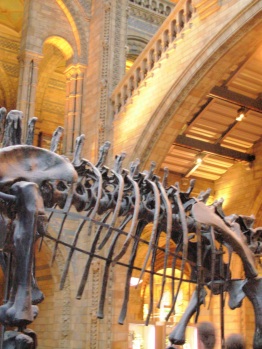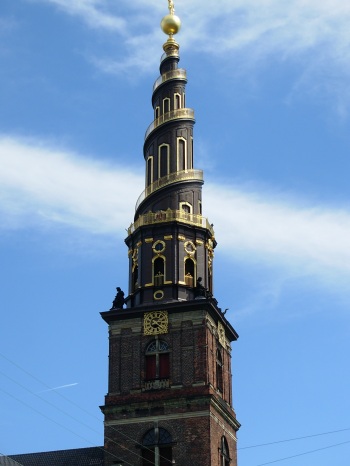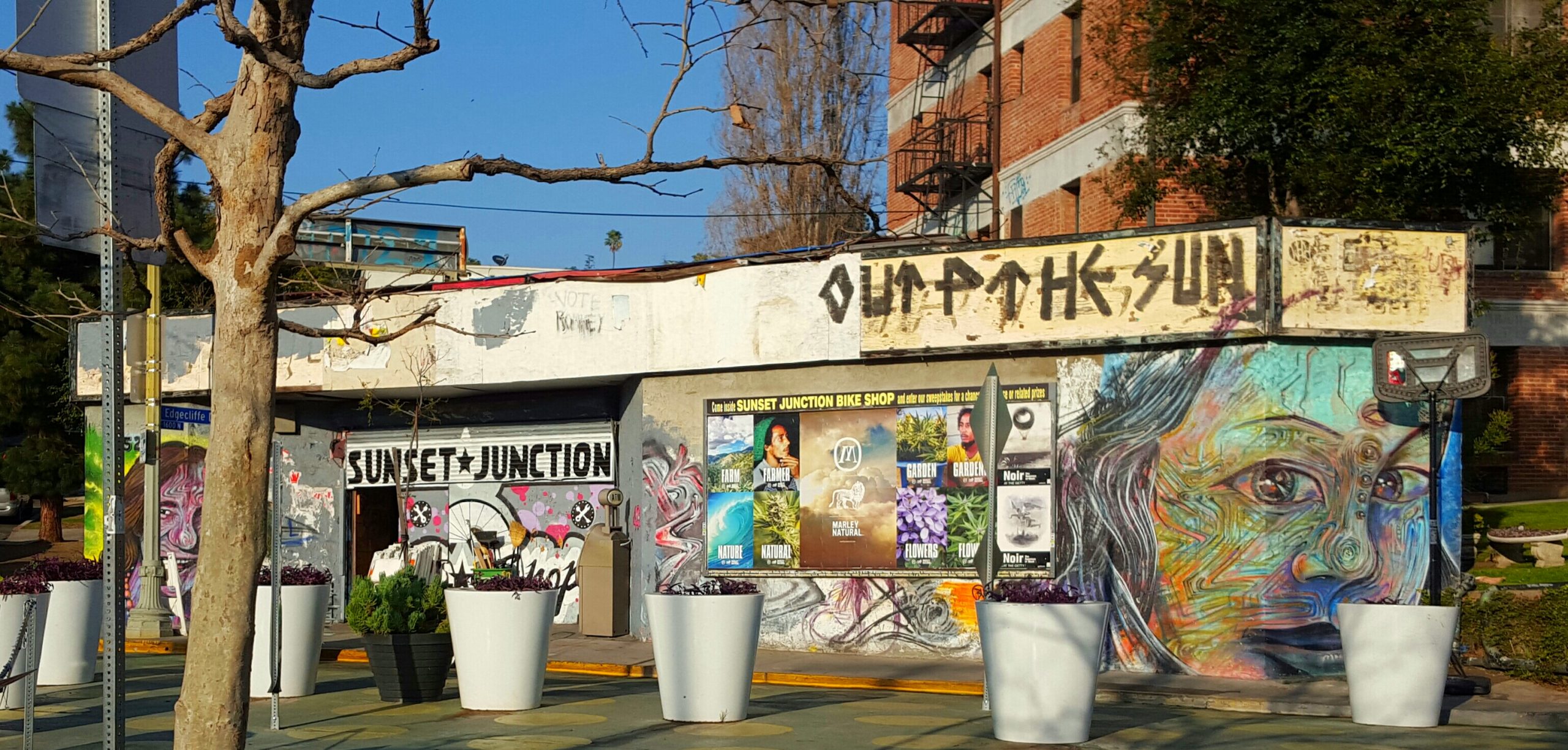I recently celebrated a wedding anniversary, honouring an important pledge to another human being. It’s gotten me thinking a lot about commitment –how and why humans work together to express it in landscapes and buildings. In today’s complex and networked society, commitment can get a bad rap, as it suggests entrenchment in something complicated and inflexible. For example, how many of us have struggled to change /get out of the wrong phone plan? Perhaps in reaction to this, we have come to prize flexibility to an inordinate degree.
Sometimes flexibility translates into transient products and affiliations. And it impacts places, i.e., city landscapes: pop-up markets and stores; food trucks, and low quality buildings or even high quality buildings torn down before the end of their useful lifespan for the sake of redevelopment that seems more upscale. Yet, in an interesting contradiction, many North American travellers crave encounters with what I call the committed landscape. Often this takes the form of a building, garden, museum, streetscape, or other feature whose life in a given place has spanned centuries. Read on for three short reflections on committed landscapes and their appeal.
1. Committed landscapes that freeze power and make it tangible.
Historic mansions, disproportionately large cathedrals, museums, and donated parks that were once part of someone’s estate fall into this group. These efforts to freeze power may or may not have involved oppression. But power even back then had its upside too. Power was, and is, the ability to act, and to mobilize a large number of resources in support of a goal. So historic landscapes attached to empires (commercial and/or political) remind us of this activity component of power.

Seeing how it’s been used in a city you don’t live in can be particularly thought-provoking. In the large cities of Europe, such landscapes were created by families and empires whose exploits and use of power were legendary. The Medicis in Florence made a clear imprint on that city –responsible for the reconstructed Basilico of San Lorenzo, and building the Uffizzi Gallery and the Boboli Gardens, for example.

You can also enjoy these reflections closer to home. I’ve mentioned my own volunteer work at Craigdarroch Castle in Victoria. This heritage landmark was a strong symbol of the power of a Scottish immigrant family on the landscape of my city and province. (For example, besides the castle, they built an entire north-south railway travelling Vancouver Island.)
2. Commitments to aspects of a city’s way of life.
This type of committed landscape can include everything from historic ports (think of the Docklands in London symbolizing Britain’s trading links to the rest of the world) to bridges that encapsulate patterns of movement across local rivers and canyons. They can even include water and sewage systems (think of aqueducts built under the Roman Empire, or even the infamous sewers of Paris.) These landscapes are an effort to fix particular ways of life without having to reinvent them on a daily basis. And yet even the most committed or seemingly fixed features of the urban landscape won’t last forever or remain unchanged. Even an historic bridge that seems to look the way it did when first built has actually been re-invented through the process of maintenance over the years. But a certain commitment to keeping the integrity of that structure has remained in place. Those commitments also require that resources be mobilized. They can and should astonish us.
3. A commitment to love and community
These landscapes don’t necessarily exclude the other two -landscapes of love also need power to come into being; and may also represent service and a particular way of life. But landscapes of love are longstanding places whose design features and /or history somehow make us think of love first. One of my favourite cathedrals in Rome, Santa Maria in Trastevere, is an example of this. It’s smaller and more modest than the Vatican. When I spend time in the Vatican, I think more about power and force, because its size and design are so overwhelming and intimidating. When I sit in Santa Maria in Trastevere, the intimate design, the lighting, and the artwork make me think more about love and supportive community relationships. A more contemporary example, while sometimes transient, is a community or neighbourhood garden in any city. These gardens express love for a hobby (gardening) and a desire to share that hobby with passers by.
This post has discussed three different landscapes of commitment, as one more effort to unpack why people seek out certain landscapes, and deem them authentic. There are many others that I haven’t discussed today (including quests for immortality through building). I would love to hear other people’s thoughts or suggestions for reasons that landscapes of commitment contribute to our sense of a place’s authenticity.

Very interesting. I am always amazed when I see giant structures conceived, planned and built by man . I often wonder who was able to bring these builders together to achieve these great successes and how did they accomplish this.
LikeLiked by 1 person